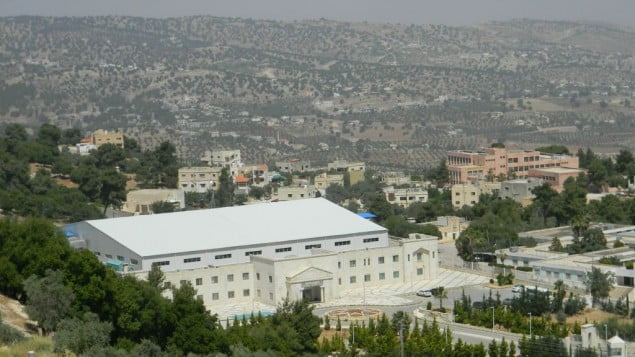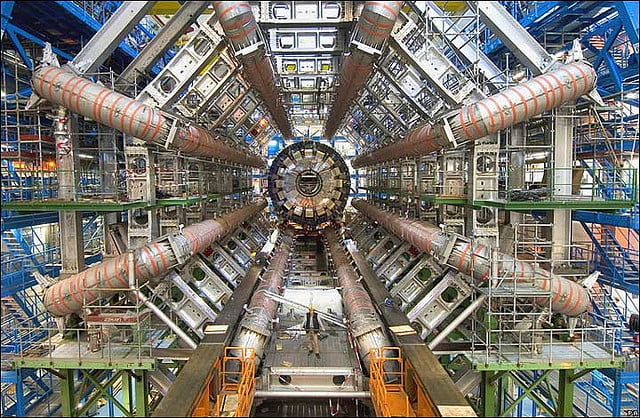This article was first published by The Times of Israel and was re-posted with permission.
The hope was to build a tool that can probe the secrets of the material world. The dream is that such a tool will not just bring world-class science to the Middle East, but also unprecedented cooperation across a conflict-ridden region.
In January, the hope was fulfilled. Scientists in Allan, Jordan, using a particle accelerator, propelled electrons around a 133 meter-long ring until they reached close to the speed of light. These speeding electrons emit powerful light that can be used to investigate the tiniest elements of any material.
That moment was the culmination of over a decade and a half of bi-annual meetings between scientists from countries that don’t often get along: Israel, Iran, Cyprus, Turkey, Pakistan, Jordan, Egypt and the Palestinian Authority.
SEE ALSO: Architecture Firm Builds Bridges Between Israelis And Palestinians, Literally
Over the years, war, and especially funding shortages, threatened to derail the project, which was blessed and even paid for by these scientists’ governments. But over the years, except for one time when Israeli scientists were barred from Morocco, none of the scientists from any country skipped a meeting between member states.
SEE ALSO: New Facebook App Brings Iranians And Israelis Closer
The idea is not a novel one. Ten years after World War II, European states — both inside and outside of the Iron Curtain of communism — joined forces to build CERN, the world’s largest center for particle physics study.
Middle Eastern governments faced a choice: either jump on the cooperation train or lag behind. And that’s how this tool, known as SESAME, which stands for Synchrotron-light for Experimental Science and Applications in the Middle East, got started.
To read the full article, click here.
Related posts

Editors’ & Readers’ Choice: 10 Favorite NoCamels Articles

Forward Facing: What Does The Future Hold For Israeli High-Tech?

Impact Innovation: Israeli Startups That Could Shape Our Future






Facebook comments